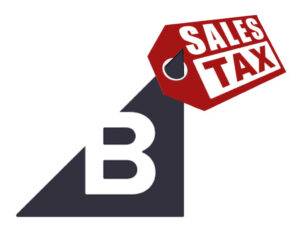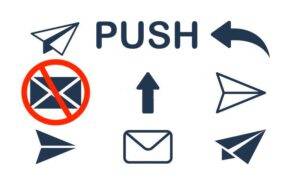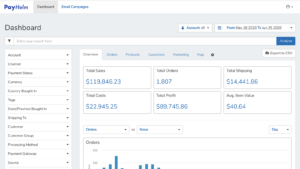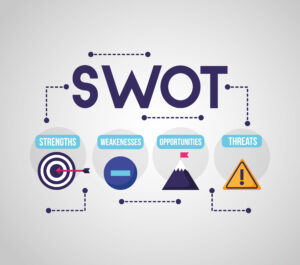Why You Should Do a SWOT Analysis for Your Shopify Business
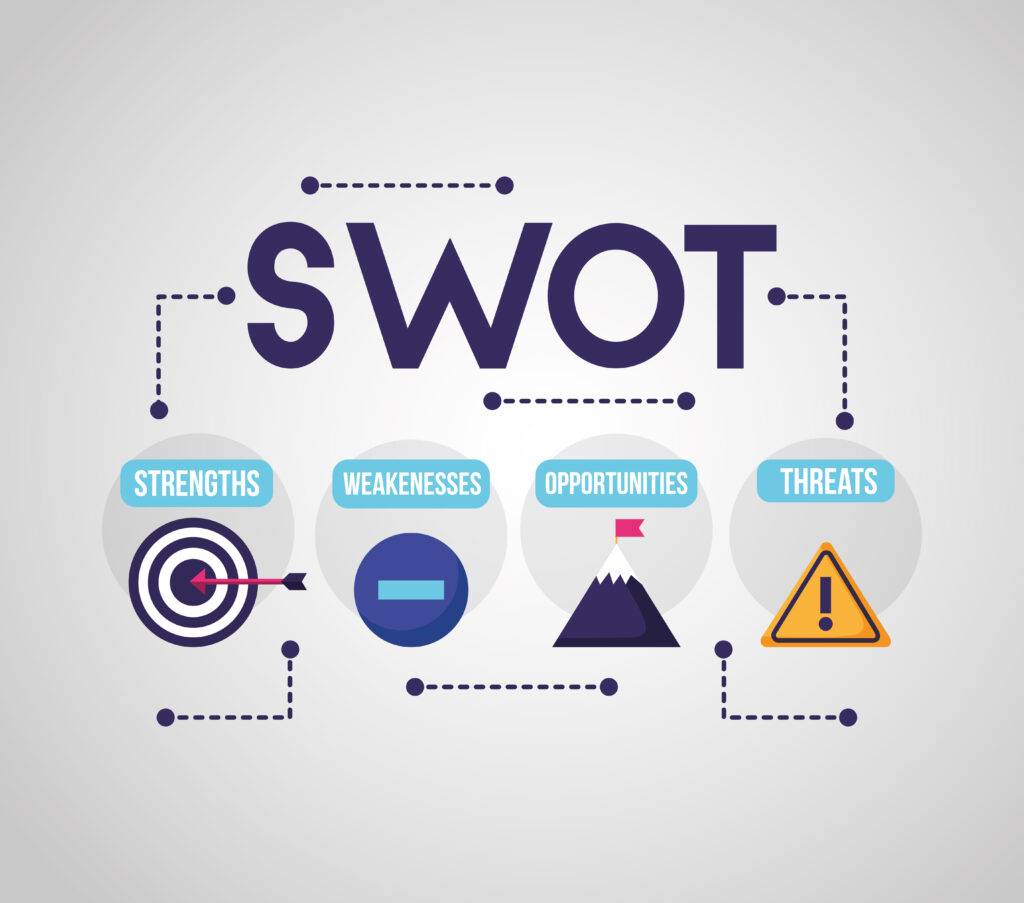

Whether you’re just starting out in ecommerce or are already an established etailer, nothing helps you to assess the lay of the land like a SWOT analysis. Developed back in the 1960s, this simple but powerful tool continues to prove itself invaluable for charting business objectives and developing successful strategies.
Appropriate times to conduct a SWOT analysis include the startup of a new enterprise, the beginning of a new year or quarter, evaluation of a potential new project, or any time a review of your business seems to be in order.
What is a SWOT Analysis?
SWOT is an acronym for Strengths, Weaknesses, Opportunities, and Threats: the 4 areas examined by this form of strategic analysis. Strengths and Weaknesses refer to internal characteristics of the business — things over which you have control and can change, such as product mix and reputation — whereas Opportunities and Threats are external, e.g., changes in the marketplace.
A SWOT analysis is most easily depicted as a grid matrix containing organized lists of Strengths, Weaknesses, Opportunities, and Threats in their respective quadrants. This enables you to view your business in new ways, from new directions. Then you can plan to leverage its strengths and weaknesses so as to take advantage of opportunities and ward off threats.
How to Conduct a SWOT Analysis
For best results, a SWOT analysis should involve everyone in the company and incorporate various perspectives. If you’re a one-man band or a mom-and-pop shop, consider recruiting friends or fellow sellers familiar with your business; your accountant; vendors; and/or even customers, if you know any well enough to ask them. The key is to bring together different points of view.
Once you’ve got your team together, asking a few simple questions can help you get started.
Determine Your Strengths
Let’s begin with Strengths. Those are basically defined as positive attributes, both tangible and intangible. Ask yourself and your team members:
- What does your company do especially well? (Customer service, perhaps?)
- What resources do you have? (Think expertise, credentials, knowledge, and skills as well as product lines, exclusive distribution deals, customer base, etc.)
- What advantage(s) do you have over your competition? (For example, is your branding particularly strong or well known?)
- What is your business’ USP — unique selling proposition?
Admit Your Weaknesses
What are the aspects of your business that come up short? For example:
- What processes need to improve? (Do you need to cut handling time from 3 days to 1 in order to ship faster?)
- What resources does your business lack? (Do you need a VA to create listings, so you can concentrate on sourcing and shipping?)
- What factors within your control limit your ability to be competitive? (Are poor product photos costing you sales? Is your cash flow insufficient for investing in a new line of hot merchandise?)
Identify Opportunities
Once you’ve reviewed your business’ internal workings, turn your mental magnifying glass outward. Look for favorable external factors that could impact your business and contribute to its success:
- Is the market for your product(s) growing?
- Are there any trends emerging that would encourage people to buy more of your product(s)?
- What’s happening in the marketplace that could represent an opportunity for your business?
Evaluate Threats
Finally, look at negative external factors:
- Who are your existing or potential competitors?
- Are marketplace trends liable to hurt your business? (e.g., is the fidget spinner fad dying off?)
- What factors beyond your control could place your business at risk? (Might you lose a product line, for example, or could new technology make a popular item obsolete?)
Turn SWOT Results into Strategies
Once you’ve diagrammed your SWOT lists, look for ways you can use your company’s strengths to make the most of opportunities and minimize threats. Then figure out how to use the opportunities you identified to minimize your business’ weaknesses and avoid the threats.

















